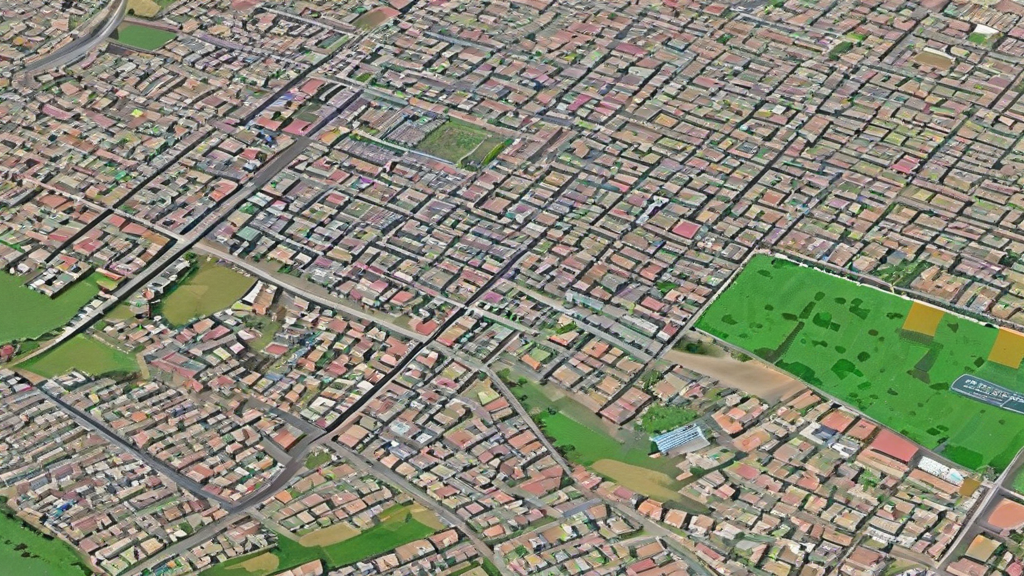The Urban Planning Challenge in Fuenlabrada
During the Transition stage and the first democratic Town Councils of Fuenlabrada, they faced the challenge of uncontrolled urban planning that had prevailed during the last corporations of the dictatorship. The city was in a chaotic state in terms of urban planning and needed a comprehensive transformation.
At the end of the 70s, urban problems were serious. There were isolated urbanizations in the middle of fields, lack of basic services such as electricity, drinking water and sanitation, absence of streets and public lighting, shortage of schools for the growing demand, lack of green areas and cultural spaces, as well as insufficient health coverage for the population. Many real estate developers promised equipment that never materialized once the homes were sold.
Solutions for a City in Transformation
The first municipal corporations faced these challenges and sought solutions to improve the quality of life of citizens. Below are some of the measures taken:
1) Improvement of Mobility and Transportation
A plan was initiated to improve road infrastructure, the urbanization of streets with sidewalks and the installation of public lighting. This involved agreements with real estate developers to transfer land and finance urbanization works. The Remodeling Plans for the neighborhoods of El Arroyo and El Molino (1982-84) stand out. In addition, important avenues such as Europa, España and Hispanidad were built, which formed a ring road. In 1983, the Fuenlabrada Municipal Transport Company was created and the La Serna stop was inaugurated.
2) Improvement of Education, Health, Culture and Green Spaces
Progress was made in the construction of public schools and health centers to meet the growing demand of the population. In the cultural field, the House of Culture was inaugurated. Likewise, important parks were created such as the Parque de Europa, the Parque de Leganés and the Parque de los Unidos.
3) Urban Planning
In 1982, the progress of the General Urban Planning Plan (PGOU) was published, which was exhibited in different neighborhoods of Fuenlabrada. Finally, in 1986 the PGOU was definitively approved, which made it possible to plan and classify the land according to criteria for layout, equipment and public spaces. In addition, it established the norms and laws for urban planning actions.
4) New Urban Developments
Starting in the 90s, new urban developments were carried out in Fuenlabrada. One of the most notable was the Loranca – Ciudad Jardín neighborhood, developed in collaboration with the Community of Madrid. Later, other neighborhoods such as La Fuente, El Vivero and Universidad were created under Partial Plans.
A promising future
Fuenlabrada has undergone a significant transformation in its urban development over the years. Thanks to the measures taken by the first municipal corporations, the city has managed to overcome the challenges of the past and become a prosperous place to live. With adequate urban planning and a focus on improving the quality of life of its inhabitants, Fuenlabrada continues to grow and evolve.
